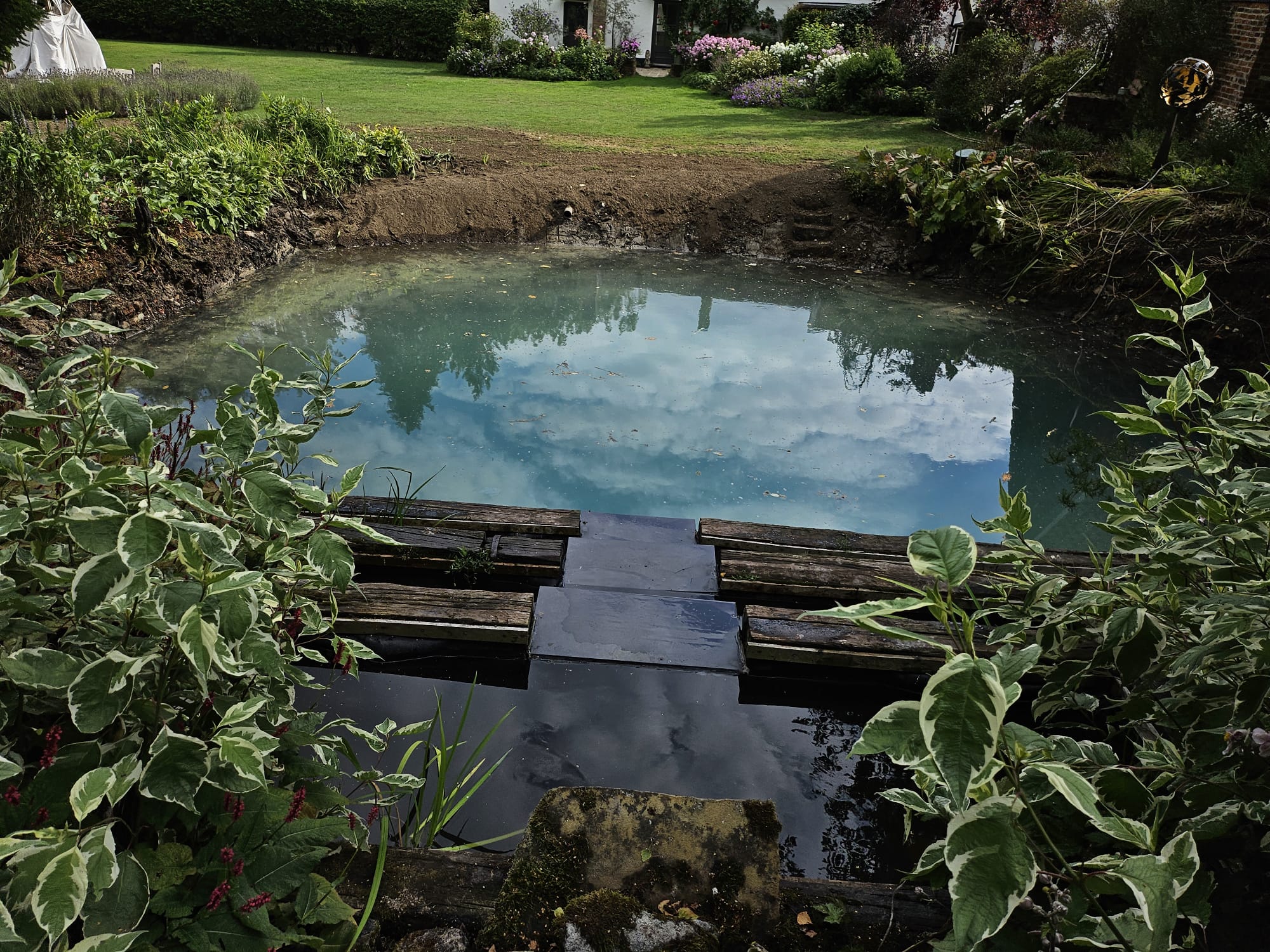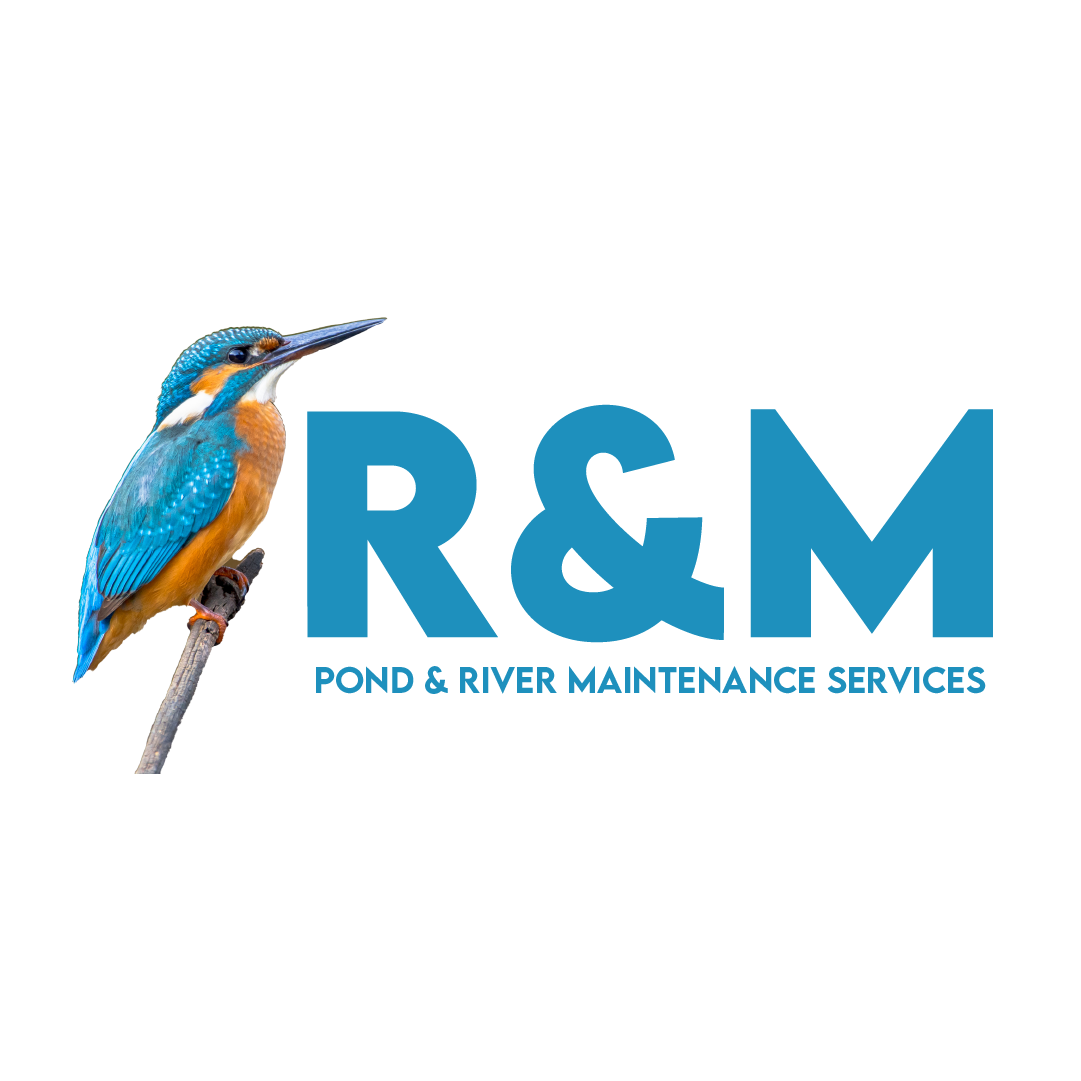- 250 Main Street, 2nd Floor, USA
- support@example.com
POND DREDGING AT WICKHAMBROOK

Pond Dredging at Wickhambrook:
Introduction
Pond maintenance is a crucial aspect of landscape management and aesthetic charm of natural water bodies. Our latest endeavour brought us to Wickhambrook, where the task at hand was to dredge a substantial pond that had, over time, accumulated silt, reeds, and assorted debris. This comprehensive report details the systematic approach adopted by our team, the machinery employed, and the transformation of the site from a dried, silt-laden basin to a revitalised, picturesque pond.
Project Overview
The pond at Wickhambrook, once a vibrant feature of the local landscape, had succumbed to the natural cycle of infilling, leaving it dry and heavily silted. The restoration project aimed to remove all accumulated materials, reshape the banks, and refill the pond with customers water supply, thereby restoring its visual appeal.
Site Access and Preparation
Upon arrival, our first priority was to ensure safe and efficient access to the garden for our machines and crew. Our 2.5-ton excavator was tracked along the farm track to reach the work area. Since the pond had dried out, there was no need for pumping water, facilitating direct access for excavation.
Preparation began with lifting the tree canopy to create adequate working space and avoid unnecessary damage to surrounding vegetation. The area designated for the bund—a containment structure for excavated material—was prepared by scraping back the topsoil and excavating the underlying subsoil. This systematic approach minimised the impact on the existing landscape and set the stage for efficient material management.
- Lifting the tree canopy
- Scraping and stockpiling topsoil
Managing Boundaries and Site Logistics
Topsoil scraped from the bund area served multiple purposes throughout the project. Part of it was used to infill a ditch on the property boundary, ensuring access for plant . Additionally, a section of hedge was carefully removed to open a passage into the garden, further facilitating machinery movement.
One particularly challenging aspect was the need to infill a corner of the lawn tennis court. This step was necessary to create a stable pathway for the heavier equipment—a specialised 8-ton long reach excavator and a 6-ton dumper—which would play a pivotal role in the dredging process. The equipment was transported to the site, then offloaded and tracked into position beside the pond.
Dredging Operations
With preparations complete, the heart of the operation commenced: the excavation of silt, reeds, and debris. The long reach excavator began by systematically dredging the pond bed, using its extended arm to reach the farthest corners without disturbing the pond’s perimeter. The excavated material was loaded into the dumper and transferred to the previously prepared bunded area.
As the initial zone was cleared, a ramp was constructed to allow our own steel tracked small excavator access into the pond basin. This machine was instrumental in pushing residual silt, reeds, and debris toward the reach of the larger excavator, optimising loading efficiency and ensuring thorough removal of all undesirable material.
Final Clearing and Restoration
This collaborative interplay between the excavators continued until the pond was entirely cleared of silt and debris. Once satisfied with the results, our smaller excavator exited the pond ( which was no problem with our specialised steel tracked excavator, and the ramp was removed. The banks were then skillfully reshaped, restoring gentle contours and promoting better water retention and circulation.
The next phase involved refilling the pond, a process made possible by utilising the client’s water supply. As the water level rose, the transformation from a dry basin to a revitalised pond began to take shape.
Landscaping and Site Tidying
With the pond refilled, attention turned to landscaping. The disturbed areas were topsoiled, grass seeded, and meticulously levelled to blend seamlessly with the surrounding garden. The long reach excavator and dumper were relocated to the bund area, where the team reshaped, topsoiled, and grass-seeded the corner of the lawn tennis court near the hedge, restoring it to its original condition.
The long reach excavator was then tracked into the bund area to remove remaining topsoil from the ditch, ensuring that all materials were managed and reused efficiently. Finally, the bund area itself was tidied, and all machinery was methodically tracked back down the farm track, ready for collection.
Completion and Outcomes
The project concluded with the site left in as clean and tidy a condition as possible. Through careful planning, the use of specialist machinery, the pond at Wickhambrook was restored, offering renewed habitat for wildlife, improved water quality, and enhanced aesthetic value to the property.
- Efficient removal of silt, reeds, and debris
- Careful preservation and restoration of surrounding landscape features
- Clean and orderly completion
- Topsoil delivered to site
Reflections and Best Practices
The Wickhambrook pond dredging project highlights several best practices in landscape restoration:
- Thorough site assessment: Understanding the conditions and logistical needs ensured safe and effective operations.
- Strategic machinery selection: Deploying both our small steel tracked excavator and a long reach excavator allowed precise and efficient material handling.
- Material management: Reusing excavated topsoil for infilling and restoration reduced environmental impact and preserved site integrity.
- Careful lifting of tree canopies and reshaping of banks maintained the habitat for future flora and fauna.
- Site tidying and final touches: Attention to detail in tidying the bund area and reseeding grass contributed to a seamless visual restoration.
Conclusion
The successful dredging and restoration of the pond at Wickhambrook stands as a testament to our team’s expertise and dedication to quality work. By following a methodical process—beginning with site access and preparation, progressing through careful excavation, and culminating in landscaping and site tidying—we revitalised a neglected pond and returned it to its rightful place as a cherished feature of the property.
This project not only improved the immediate environment but also set a standard for future undertakings. The restored pond will now serve as a haven for local wildlife, a source of enjoyment for the residents, and a demonstration of how thoughtful dredging and landscaping can breathe new life into a landscape.

